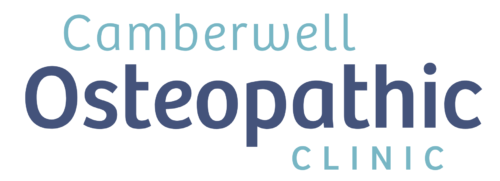Osteopathy is the fastest growing allied-health profession and is now a popular treatment for many types of musculo-skeletal problems as well as aches and pain. It’s patient-centred, gentle and holistic approach to treat the body means that more and more people are benefiting from osteopathic treatments.
If you haven’t visited an osteopath though you may be wondering “what does an osteopath do?” or “what sort of treatment can I expect when I visit an osteopath?”

Your initial visit to an osteopath will firstly consist of a thorough interview. I listen carefully to what has brought you in to see me, and to your medical history and details of any past injuries or surgeries. We do this because medications, past and current illnesses or surgeries may have triggered or worsened or even caused the pain, discomfort or lack of mobility you are experiencing.
For example, some common prescribed medications have muscle or joint pain as a common side effect. Or, spending long periods in the dentist’s chair for dental work can cause jaw pain and headache. So, when we say Osteopathy has a holistic approach to the body, we mean it!
After a thorough history taking, I will then perform an assessment. An osteopathic assessment doesn’t just assess your posture but also how you move your body and sometimes how you use your body when performing basic physical tasks, such as walking, sitting down on a chair or even reaching for an item overhead. I can also ask you to show me how you sit at your desk, drive to work or hang out the laundry! We do this because it’s not just how you hold your body when you stand still that can affect your symptoms but also how you perform basic tasks repetitively during your normal day.
But what to wear? Because I have you moving around, I recommend something comfortable and stretchy. I do like to see the are of body that we are focussing on, so sometimes I may ask you to get down to your underwear. But don’t worry, you’ll always be given a gown and I’ll cover you appropriately with towelling.

From the assessment, I then have enough information to provide a safe, effective, hands-on treatment and provide advice. Depending on how much pain you are feeling, the treatment can be very gentle or slightly more vigorous but it’s with the consent of you, the patient, to ensure you can relax the muscles and joints being treated.
Osteopaths are trained in a wide range of techniques to help the body heal but I like to use a mix of soft tissue techniques such as massage, stretching, trigger points and other muscle release techniques; rhythmic joint articulations whereby I encourage the joint through its full range of motion; and if considered necessary, joint manipulation where a short thrust is placed through the joint further promoting movement. You’ll usually receive around 20 minutes of hands-on care which is the most of any allied health professional!
I strongly believe that treating the precipitating or aggravating factors with advice or exercises and stretches is important to your improvement. I’m with you for 30 to 45 minutes per session but changes you make in your life are with you 24/7, so there is always time allocated for self-care advice and management.
So consider osteopathy if you would like to try a patient-centred, effective, gentle and holistic approach to your health care.




